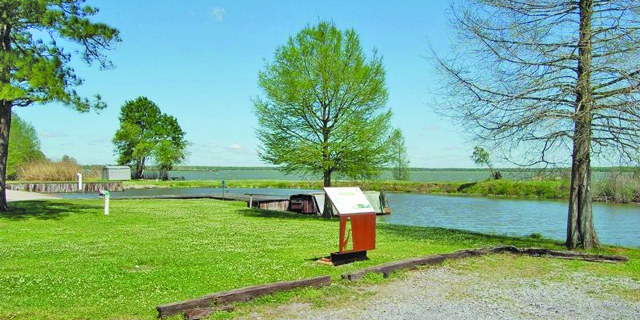Teddy Roosevelt, the U.S. flag, and ‘Americanism’
Published 9:56 am Tuesday, June 18, 2024

- Joe Guzzardi
In 1904, the United States was booming under President Theodore Roosevelt, Jr.’s dynamic leadership.
Roosevelt took over as president after a Polish anarchist assassinated President William McKinley in Buffalo. The populace loved Roosevelt, who had been the Rough Riders’ leader, an author, an outdoorsman, a rancher and the New York governor. No city was thriving more than New York with its immigrant-fueled population growth and its flourishing economy.
Trending
New York was big enough to support three professional baseball teams – the National League’s Giants, the American League’s Highlanders, and Brooklyn’s Superbas. The Highlanders and the Superbas eventually became the Yankees and the Dodgers.
Immigrants loved baseball, in part because some of their fellow first- and second-generation immigrants excelled on the diamond. Among the most outstanding were Pittsburgh Pirates’ shortstop Honus Wagner, an eight-time batting champion and the Baltimore Orioles’ third baseman John J. McGraw, who ranks third in career on base percentage just behind Ted Williams and Babe Ruth.
Opening Day 1904 at Hilltop Park, a single-deck, wooden structure also known as “The Rockpile,” matched the Highlanders against the Boston Americans, the Red Sox forerunners. Hilltop, built in Manhattan’s Washington Heights section, had a spectacular view. To the northwest lay the Hudson River and the Palisades; look in the opposite direction and the Long Island Sound and the Westchester Hills were visible.
Heavy snow fell during April 14’s morning hours but when the 3:30 game time rolled around, the weather was dry and bitterly cold. The nasty weather did not deter the 69th Armory Band from entertaining the spectators which included former National League star Cap Anson and injured Giants catcher, Roger Bresnahan, the catcher who designed shin guards and the batting helmet.
As the 15,842 fans filed in, attendants issued each of them a small American flag which they waved enthusiastically at the game’s most dramatic moments. When a bouquet of American red roses was presented to Highlanders’ manager Clark Griffith, the flags came out in unison, a reflection of the nation’s love for baseball and the patriotism Roosevelt instilled in citizens and new immigrants alike.
When Americans’ leadoff hitter Patsy Dougherty stepped into the batter’s box, the band struck up “The Star-Spangled Banner,” and fans jumped to their feet to excitedly wave their flags again. Although “The Star-Spangled Banner” was a popular tune, playing the song at a baseball game was highly unusual. Not until 1931 did a congressional act make the song officially the National Anthem.
Trending
The bugs, 1900s baseball-speak for fans, saw an entertaining game, marked by memorable performances by all-time greats. New York bested Boston, 8-2. But the 37-year-old Americans’ losing hurler Denton True “Cy” Young went the distance. By the time Young hung up his spikes, he notched 511 career wins, a record no pitcher will ever equal. And neither will any pitcher ever match winning hurler “Happy Jack” Chesbro’s 1904 season – 51 games started, forty-eight completed, and forty-one victories. Wagner, McGraw, Bresnahan, Griffith, Anson, Young and Chesbro are in the Hall of Fame.
1904 was baseball’s first 154-game season, a standard that lasted until 1961 when the leagues expanded into divisional play. When the season ended, the Americans edged out the Highlanders by 1 and one-half games.
Roosevelt’s term ended in 1909, but still a youthful forty-nine, he remained active politically and advocated for “New Nationalism,” a program that promoted labor over capital and banned corporate political contributions. Although defeated in his 1912 effort to regain the White House, Roosevelt remained a staunch patriot and promoted the American flag’s significance until his 1919 death.
Nine months before his passing, Roosevelt wrote to economist and American Defense Society board member Richard Hurd. With World War I over, Roosevelt wrote, a continued fight to protect “Americanism” and the U.S. flag should forever remain the U.S.’s top priority.
Joe Guzzardi is a Society for American Baseball Research and Internet Baseball Writers’ Association member.





